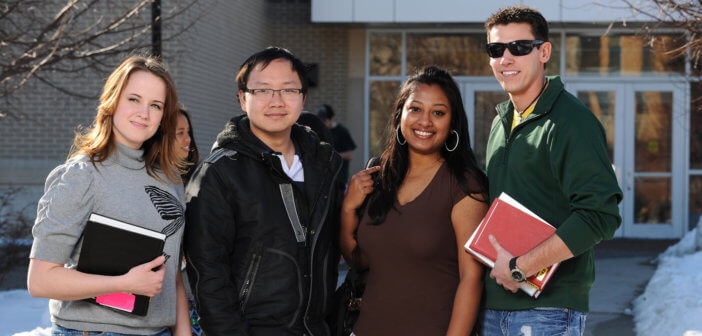Lovett H. Weems, Jr. shares recent findings indicating that mixed-race neighborhoods are becoming more common and enduring, even in the suburbs. Data suggest that Americans increasingly are choosing to live near people of other races, rather than move away from them, as was often the trend in the past.
Polls among United Methodists, as well as among the U.S. population in general, have shown for many years now a strong affirmation of diversity. Yet, patterns of housing and other social dynamics, including church life, have made the reality of diversity less visible on the local level.
Much of the second half of the twentieth century features urban centers becoming more populated by people of color while suburbs were made up primarily of whites, often those moving farther from the urban core. Several studies are showing a change to these patterns about which the church needs to be aware in its outreach.
Kwan Ok Lee reported that “once Americans move to a mixed-race neighborhood, they tend to either stay there, or move to another mixed neighborhood. In other words, neighborhood diversity isn’t just a result of changing demographics, but of Americans choosing to live near people of other races.”
In the past, the assumption that a mixed-race community was merely a community that had previously been made up only of one race that is in transition to becoming another one-race community only of another race. There was the “tipping point” concept that when people of color reached a certain percentage of the population, whites would move elsewhere. That was true in many cases and still is to some extent.
Some of these new findings are reported by Noah Smith in Neighborhoods Back Up Americans’ Diversity Talk (February 20, 2018) in Bloomberg Live. He notes that the probability of single-race neighborhoods becoming mixed increased substantially in recent decades. For example, “from 1990 to 2010, only one-fifth of mixed black-white neighborhoods became segregated — only half the rate of re-segregation that prevailed in earlier decades.” Continuing to draw upon the research of Kwan Ok Lee, Smith says that “multiracial neighborhoods tend to be the most stable — once a neighborhood becomes multiracial, Lee found that it had a 90 percent chance of remaining that way for at least 20 years.”
Another finding by Kwan Ok Lee reported is that “once Americans move to a mixed-race neighborhood, they tend to either stay there, or move to another mixed neighborhood. This is true for both white and black Americans. In other words, neighborhood diversity isn’t just a result of changing demographics, but of Americans choosing to live near people of other races.”
Smith also cites demographer William H. Frey observation that “both whites and minorities have been moving to diverse states like Virginia, Nevada, North Carolina, Colorado, Georgia and Washington. Texas, a majority-minority state, is still a leading destination for white migration.”
Related Resources
- Preparing for the Shift by F. Douglas Powe, Jr.
- Take the Next Step: Reaching More People, Younger People, More Diverse People, a free Lewis Center video series featuring Lovett H. Weems, Jr., Kenneth H. Carter, Janice Riggle Huie, and Joseph W. Daniels, Jr.






